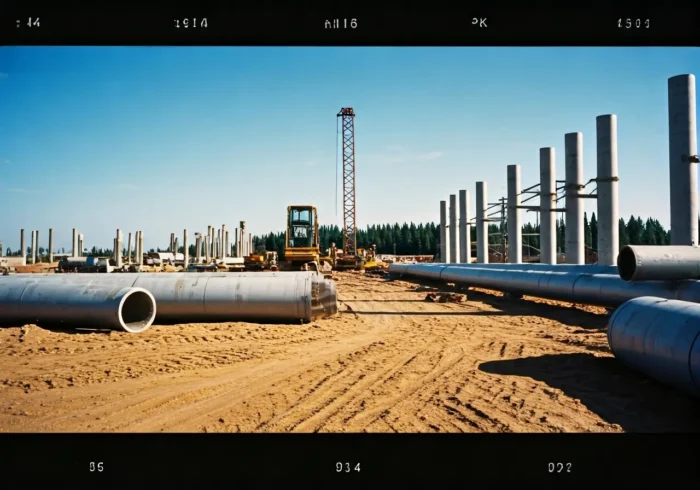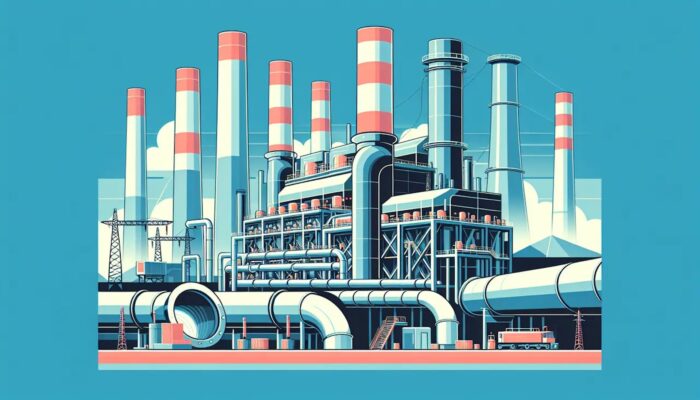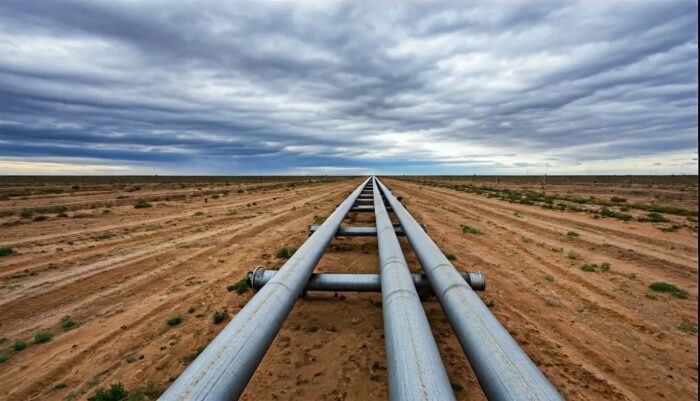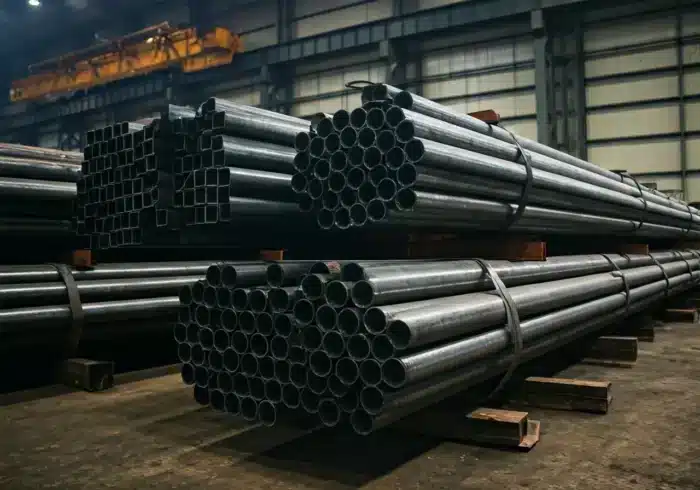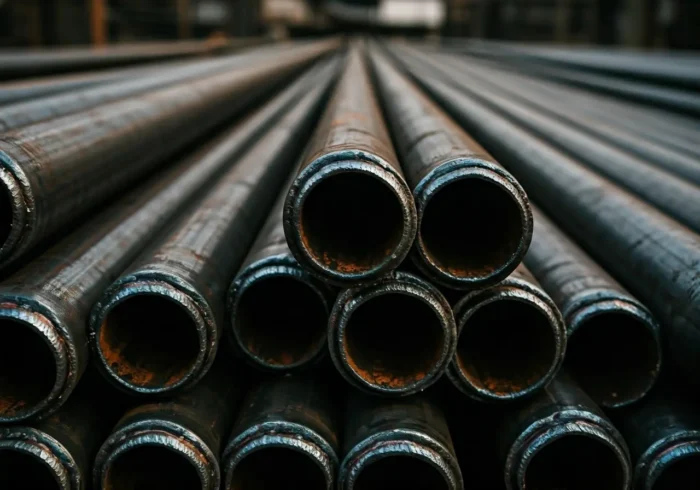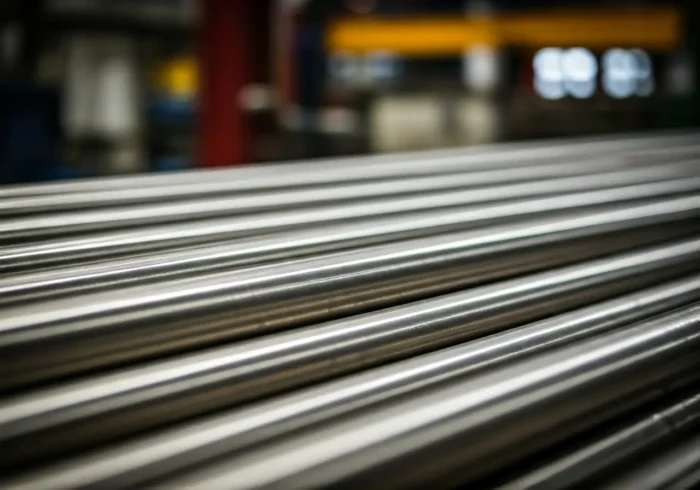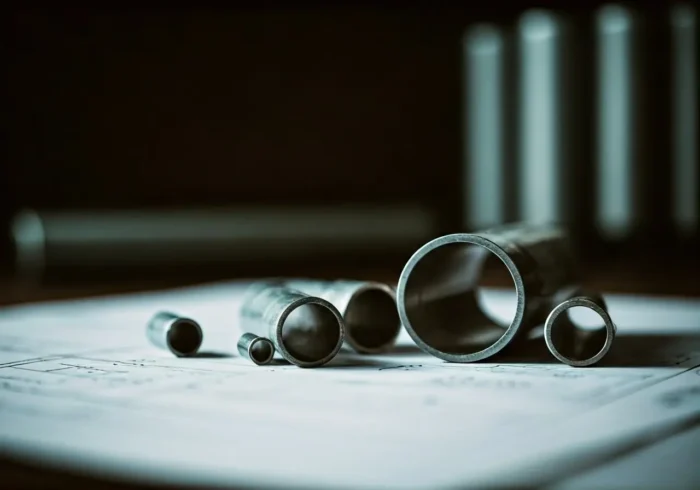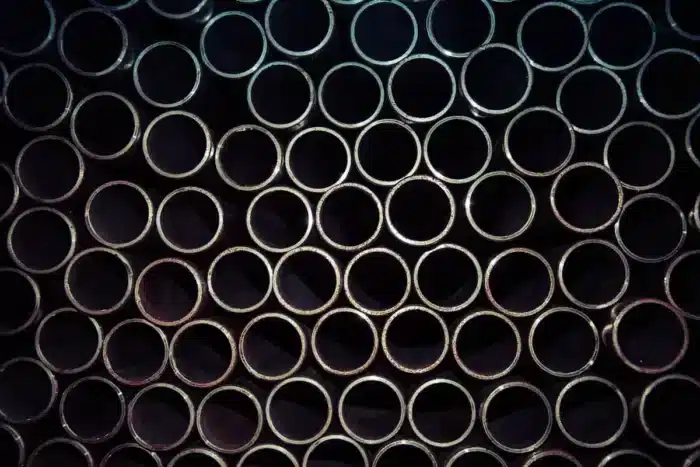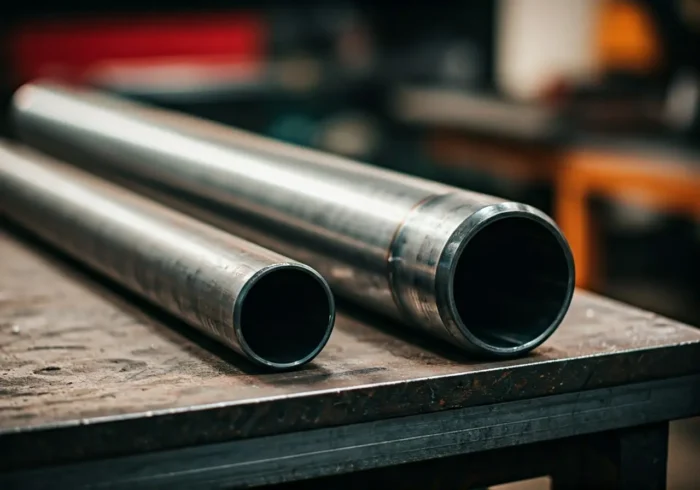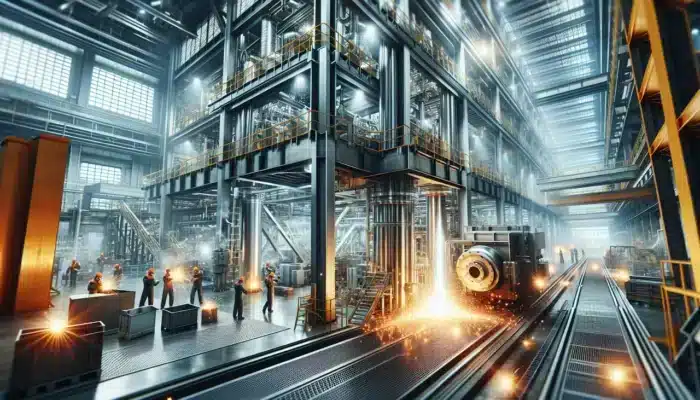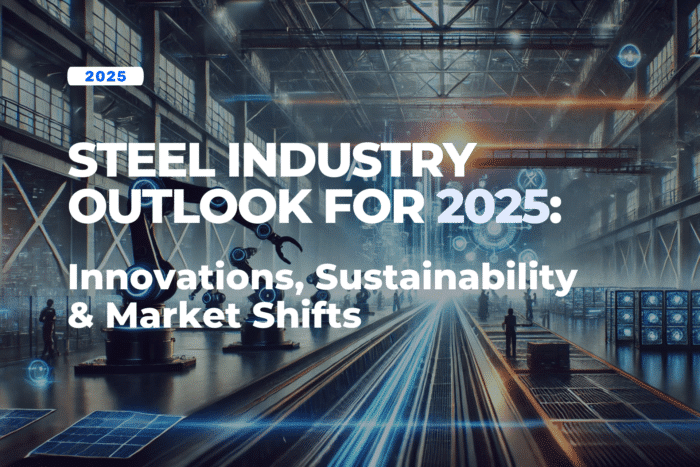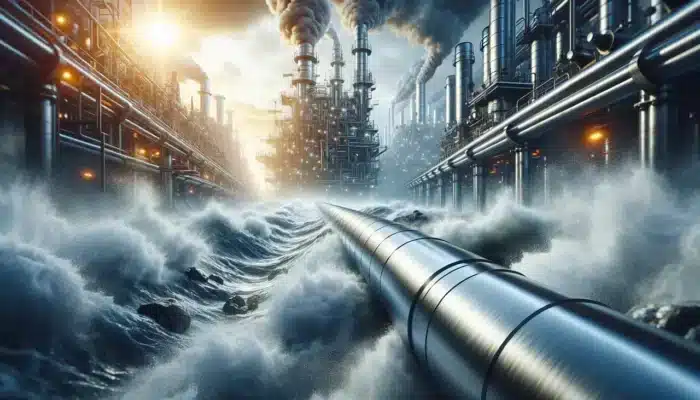Learn about the various applications of structural pipe in different industries. From construction to manufacturing, explore how this versatile material is used.
Learn why choosing a reliable industrial pipe supplier is crucial for power generation projects. Explore the key factors to consider when selecting a supplier for your specific needs.
Learn about piping solutions for the oil and gas industry. This article explores the various materials, designs, and technologies used in oil and gas pipelines to ensure safe and efficient operations.
Steel tubes offer a wide range of uses in various industrial applications. Learn about their versatility, durability, and cost-effectiveness in manufacturing and construction projects.
Get answers to 12 frequently asked questions about welded pipes. Learn about the types, materials, applications, and advantages of welded pipes.
Learn about the advantages of stainless steel tubing for industrial applications. Discover its durability, corrosion resistance, and versatility in various industries.
Learn about the different flange types and how to select the most suitable one for your specific project requirements.
Learn about the 10 most essential pipe sizes for construction projects. This guide covers the key pipe dimensions and their applications in plumbing, drainage, and other systems.
Learn about FBE pipe coating and how it compares to other coating methods for protecting pipelines. Understand the advantages and considerations of using FBE coatings in various applications.
Learn why custom piping solutions are critical for construction projects. Explore the benefits of tailored piping systems for improved efficiency, safety, and long-term performance.
Learn about the 12 key advantages of using stainless steel pipes in oil and gas applications. Explore the benefits of corrosion resistance, durability, and cost-effectiveness for your projects.
Learn about the 12 main types of steel pipe and their common applications in various industries, from construction to manufacturing.
Learn about the key differences between welded pipes and seamless pipes. Explore their manufacturing processes, applications, and advantages to help you select the right type of pipe for your project.
Learn about the importance of stainless tube in modern manufacturing processes. Discover its unique properties, applications, and benefits for various industries.
Learn about API 5L pipe, the industry standard for steel pipes used in oil and gas. This guide covers its specifications, grades, and applications in various projects.
Explore the latest steel industry trends 2025, from AI-driven manufacturing to green steel initiatives. Learn how market shifts and sustainability are reshaping the sector.
Discover the future of steel pipe manufacturing with emerging trends in technology, materials, and sustainability. Learn how Federal Steel Supply is leading the charge with innovations like 3D printing, AI, and eco-friendly materials.
Discover why stainless steel pipe is the optimal solution for high-pressure environments in our blog 'Why Stainless Steel Pipe is the Preferred Choice for High-Pressure Environments'.
Please enter your name.
Please enter a valid email address.
Something went wrong. Please check your entries and try again.
Insight Categories
- Industry Trends (16)
- Insights (255)
- News (3)
- Sustainability (11)
Recent Posts
- Exploring Different Applications of Structural Pipe Across Industries
- Why a Reliable Industrial Pipe Supplier Matters in Power Generation
- Exploring Piping Solutions for the Oil and Gas Industry
- The Versatility of Steel Tubes in Industrial Applications
- 12 FAQs About Welded Pipes Answered Simply
- Why Is Stainless Steel Often Preferred for Industrial Tubing Applications?
Topics
aluminum
art
artificial intelligence
bridges
carbon
carbon pipes
carbon steel
china
Construction
eco-friendly
economy
galvanized pipes
going green
history
industry trends
Oil & Gas
pipe manufacturing
real world application
rust prevention
sculpture
stainless steel
steel
steel applications
steel buildings
steel demand
steel facts
steel industry
steel in the us
steel maintenance
steel manufacturing
steel packaging
steel pipe
steel pipes
steel production
steel rockets
steel structures
steel transport
steel trends
steel tubing
structural steel
sustainability
tariffs
technology
trump
video
Our offices
View our locations in the United States and find the information to best help you.
Drop us a line
You can contact us by filling in this form any time you need professional support.


